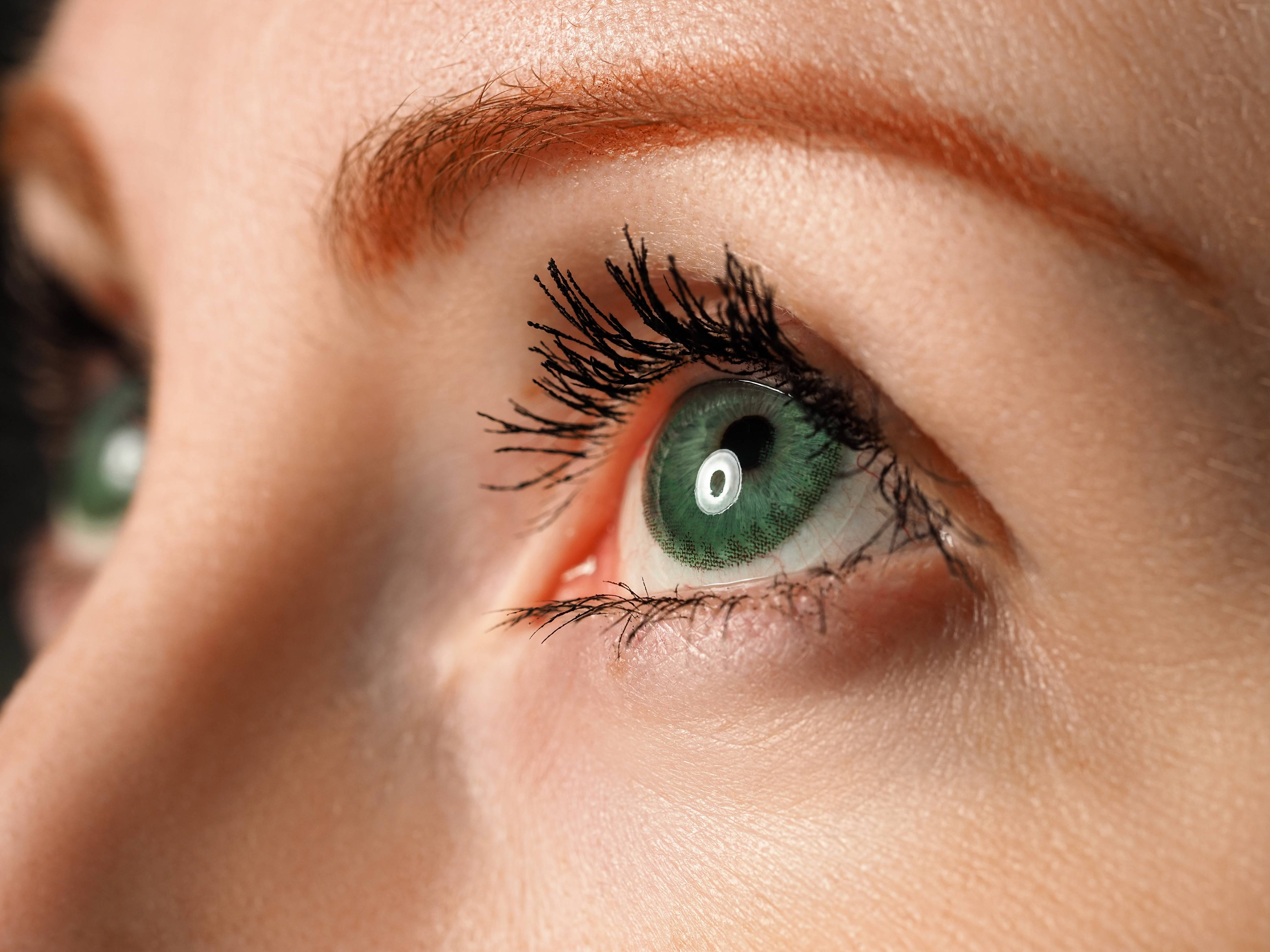
Cataracts describe an age-related eye condition characterized by clouding of the eye lens, affecting the vision. The lens focuses light and adjusts the eye focus, allowing the individual to see both close and distant images. Cataracts form when the proteins present in the lens clump together to form a solid mass. In most cases, cataracts progress gradually and may occur in one or both eyes.
Symptoms of Cataracts
The symptoms of cataracts differ in individuals. These commonly include cloudy or blurry vision, double vision, colors appearing muted, and reduced night vision. Some people also see halos around lamps or glare from the sun. Most people with cataracts will need frequent prescription changes.
Diagnosing Cataracts
A comprehensive eye examination is necessary to form a proper diagnosis for cataracts. The examination includes several procedures.
Medical History: The optometrist or ophthalmologist will need to know your medical history. Your health background, as well as the medical history of your family, is important. The doctor will need details such as smoking habits, sun exposure, and any diseases, such as diabetes or hypertension. Inform your doctor if you are taking any medication.
Vision History: The doctor will need to know the results and date of your last eye exam. This information will help the doctor determine how your vision may have changed since. The doctor will examine your current vision results alongside the previous results and ask about any past eye disease or injuries.
Visual Field Testing: A visual field test measures the width of the area that each eye can see in the peripheral while focusing on a central point ahead. The test helps determine the vision in each eye by checking for blind spots and vision loss you may have developed.
Visual Acuity Test: A visual acuity test will determine how sharp your vision is. The doctor examines each eye to find out your ability to see letters in different sizes using different power lenses. These lenses help determine if your vision can be corrected using glasses or contacts.
Eye Health Examination: An evaluation of eye health involves examining the external areas of the eye to look for signs of cataracts. A slit-lamp examination is used to check the lens, iris, cornea, and other parts of the eye. This helps to spot signs of abnormalities, such as the presence of fissures and clefts, while also looking for lens-yellowing and opacities that indicate the presence of cataracts.
Treating Cataracts
Cataracts rarely exhibit symptoms until the cloudy part grows to affect the vision. In most cases, a new pair of glasses or new contacts can offer the solution. If the symptoms become serious enough to interfere with daily life, surgical treatment is the best option. Surgery can help to restore lost sight. During the surgery, the cloudy lens is removed and replaced with an artificial lens implant.
Early diagnosis helps to ensure that you get the best treatment possible to prevent vision loss.
To know more about cataracts, visit Coers Family Eyecare at our office in Columbus, Indiana. You can also call (812) 408-8400 to book an appointment today.









